Every year, new scientific advances indicate life is more interwoven than we ever imagined. From recent reports that reveal the cascading effects of wolves’ reintroduction to Wyoming to current studies that track the dire impact of Washington dams on the decreasing nutrient loads in Montana forests, evidence builds of a tightly entwined biosphere. As we gain ecological understanding, the dream of engineering a new home from scratch seems more and more unrealistic. How could we construct a replacement to an interdependent system so complex that we don’t fully comprehend it?
While our awareness increases of the services we gain from healthy and intact ecosystems, so does the call to preserve landscapes and repair those that have deteriorated or been completely lost. When the built environment expands, human development replaces the habitat that is performing life-sustaining services. Those services performed include water and air purification, climate regulation, carbon sequestration, waste decomposition, detoxification, and pest and disease control among many others. It becomes more and more apparent that our quality of life is tied to the health of the broader environment and that we need to prioritize habitats, all of which sustain the climate.
As the population increases and we take up more area with the built environment, the remaining ecosystems are struggling to perform enough services to support us. Therefore, it has become our responsibility as practitioners who control the built environment to ensure our development contributes to ecological health by performing the same services of the habitat it replaced. We can do this in two primary ways, through ecological incorporation and biomimicry.
Ecological incorporation
Ecological incorporation is making space to include new habitats within our built environment. I have been struck by the recent innovation in this area as well as the development of traditional approaches. Designers and planners are increasingly devising ingenious ways of blending habitats with buildings.
Among the most common habitat-integrating technologies is the use of green roofs. Although the strategy goes back thousands of years in some cultures, green roofs are gaining wide acceptance now, and numerous companies specialize in making the equipment or installing and maintaining these elevated habitats. When Chicago started their green roof initiative in 2006, they aimed to improve the heat island effect of the city, clean water and air, and reduce the load on the sewage system by retaining storm water. Although the total benefits of the program are not fully calculated, by 2010, around 5.5 million square feet of green roofs had been planted, and the city is claiming benefits on all fronts. A 2011 study by Arup engineers for United States General Services Administration calculated that each square foot of an extensive green roof would provide $38 in public services. For Chicago, a rough estimate would be that by 2010, the city’s green roofs were producing $200 million in public services.
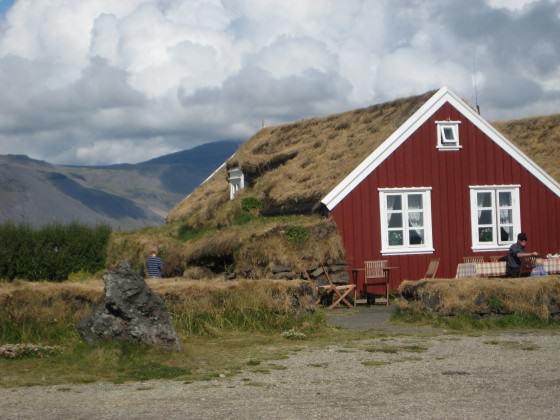
Living in the concrete jungle of New York, I am often struck by the amount of hardscape covering the ground and dream of streets that are literally greener. In 2011, Seattle started a pilot project called Street Edge Alternatives (SEA) to do just that. The program provides drainage through landscaped areas that mimic natural ecological drainage rather than building traditional piped systems. The SEA streets reduced impervious surfaces by 11% compared to typical streets by adding landscaping containing bioswales and many new trees and shrubs. After two years of close monitoring, Seattle found that the storm water leaving the streets had been reduced by 99% and many other ecological services increased, although not measured.
On a project I have been working on in Aspen, Colorado, the city forester has been working with the design team on the landscaping and green roof to insure the design meets the broader ecological goals of the town and will provide the project with specially crafted seed mixes of native plants that are both beautiful and contribute to the local biodiversity. This type of ecological landscape design is spreading beyond public spaces to private ones as well. Sunset magazine, focused on the westerner U.S., recently featured various do-it-yourself strategies for homeowners to create beautiful and desirable xeriscaping to replace their water-hogging and ecologically useless green lawns.
Beyond just landscaping, I have been seeing more and more innovative plans that include habitats as a central aspect to urban development. SCAPE, a New York-based landscape architecture firm, recently proposed a few ecologically ambitious plans for New York and other cities including “Oyster-techture“, which was shown in MOMA’s Rising Currents exhibition. The project proposed growing oyster beds in Brooklyn’s Red Hook and Gowanus Canal to anchor a new reef of various species that will clean New York’s polluted waterways and attenuate waves, reducing damage from large storms like Hurricane Sandy.
To the population’s great delight, New York City has been adding new ecological landscapes throughout the city at a great rate. One of my favorites, and the favorites of many others, is the Highline. Now an ecological string park on top of a former elevated train track, the Highline contains plants that were chosen for their diversity as well as their beauty and smell. They were arranged to maintain the ecological character of the original colonizing plants. Beyond being wildly popular, the park has added valuable habitat for insects and birds as well as retaining stormwater and reducing local temperatures.
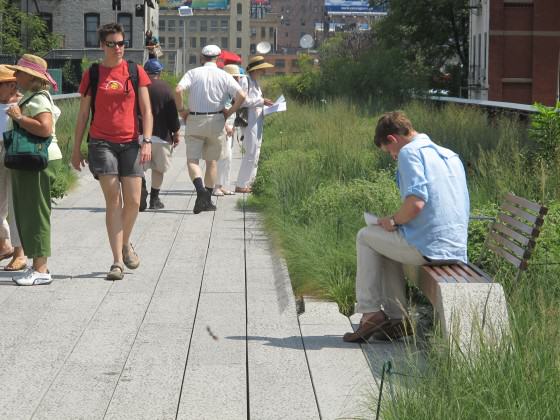
One of the more progressive and ambitious plans I am aware of is Bio Milano, a six-part plan for Milan, Italy that aims to form symbiotic relationships between natural and built environments. A portion of the plan, Bosco Verticale, proposed two towers that ambitiously combine a vertical forest with residential housing. The diverse trees and plants will equal 10,000 square meters of uninterrupted forest and will house many species in the city, including birds and insects.
The Center for Architecture Science and Ecology in New York led a team that produced an innovative prototype for a vertical hydroponic wall called the active modular phytoremediation system. The system, which is mounted to a wall, is made of modular pods that contain hydroponic plants and will be installed and tested in a Bronx emergency response center in 2015. This design greatly impresses me with its beauty and intricate geometry, as well as incorporating plants in a powerful vertical building element.
These diverse strategies all improve the ecological contribution of the built environment by providing room for new habitat that can deliver some of the ecological services provided by the original landscape. With passing time, these newly crafted urban habitats will become established, and we can hope that they will act as semi-substitutes for the originally intact ecosystems that fully sustained the region. Furthermore, as designers and planners, we can be inspired by the great variety of ways we can incorporate habitats into the built environment that are both productive and beautiful.
Biomimicry
Biomimicry uses a different, yet compatible, strategy to ecological incorporation. Rather than utilizing biological organisms, biomimicry relies on human innovation and technology imitating biological solutions. I first learned about Biomimicry in 2003, shortly after Janine Benyus wrote her seminal book on the topic, and was so inspired by the potential captured in biomimicry that I chose to pursue a career in design, rather than in field ecology.
According to the definition given by the consulting group, Biomimicry 3.8, “biomimicry is learning from and then emulating natural forms, processes, and ecosystems to create more sustainable designs”. Instead of using newly constructed habitats to replace the functioning of prior disturbed ones, biomimicry allows us to push our buildings and structures to contribute additional ecological services through the building itself, as I’ll illustrate in the following examples.
In the middle of Zimbabwe, the Eastgate Center commercial facility uses minimal energy to maintain a comfortable temperature despite its hot climate because the building utilizes strategies gleaned from the termite mound. Termites construct mounds that preserve a constant internal temperature of 87° F, in spite of outside temperatures ranging from 35°F – 104°F, by using structure to passively manipulate environmental factors. The mounds rely on their great thermal mass to steady internal temperature variations and then further cool themselves when needed with narrowing shafts that accelerate the exit of warm internal air, drawing in cooler air at the base. By emulating these principles, the Eastgate Center only uses 35% of the energy for temperature regulation as compared to conventional office buildings. The unique African feel the architecture that resulted strikes me, hinting that the building truly grew from its unique place in the world.
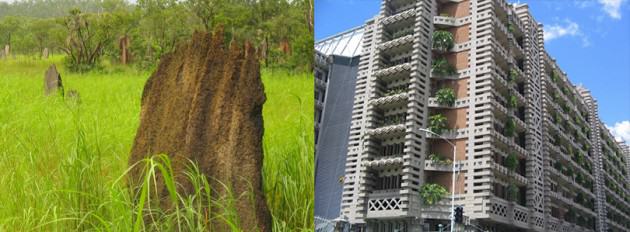
Working with contractors to achieve sustainable designs, much of our conversation revolves around the creation of waste. However nature has no concept of waste—everything is just a resource. Much like a forest where the resources circulate through the system, various processing companies participate in industrial symbiosis in the harbor town of Kalundborg, Denmark. All the participants exploit each other’s by-products mutually, a co-operation that comprises of some 20 projects. One company’s by-product becomes an important resource to several of the other companies. The outcome has reduced consumption of resources and environmental strain and made communities around the world question their concept of urban waste disposal.
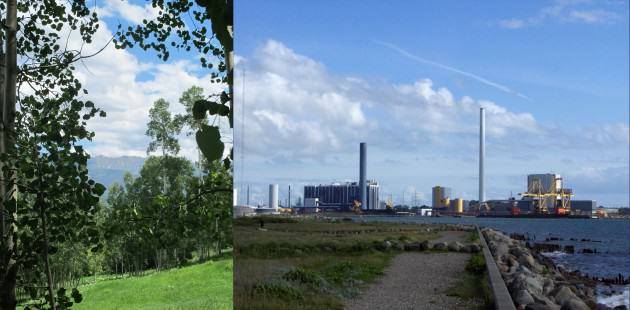
One of the most innovative urban biomimicry examples I know is from Lima, Peru, bordering the Atacama Desert, where water is scarce. The regional rainfall is almost nothing, and so as many as 700,000 people in the area have no access to clean drinking water. But recently the University of Engineering and Technology (UTEC) in Peru installed a water-generating billboard for the people. This billboard implements a technology similar to and inspired by the Namibian Beetle. The beetle lives in one of the driest deserts in the world in Africa, but captures all of the water it needs from ocean fog using a unique hydrophobic/hydrophilic structure of its back. Water droplets materialize on its back from fog. UTEC’s billboard is similarly structured, creating a waterspout in the air to satiate the population’s thirst. This is development providing a clear ecosystem service—clean water generation.

The most comprehensive urban example yet is Lavasa, a city development in India that is the first settlement to use standards based on biomimicry. When construction is complete in 2020, Lavasa will be a collection of five cities that implement local biological strategies to cope with conditions in a sustainable manner. The cities strive to be self-sufficient and restore a depleted forest-ecosystem that once stood at it location. HOK’s master plan rejuvenates deforested areas and drives future landscape performance by implementing reforestation, bioswales, rainwater harvesting and environmentally sensitive construction practices. The plan is, as was the prior habitat, complex, which is exactly what is required in detailed, urban biomimicry projects. I cannot attest to the success of the Lavasa design, but I do know a few people who worked on the project and was impressed by the thought and thoroughness of their planning based on biomimicry principles.

More than anything else, Biomimicry gives us the ability to imagine net-positive design. Rather than striving to minimize the damage our buildings and structures cause, we can now endeavor to design urban areas that are life-supporting. We can aim to be a positive influence on our ecosystem, which is encouraging. Plus, the more I learn about the amazing solutions nature has developed, the more I am energized and inspired to create great and sustainable spaces for people to enjoy.
Replaced landscapes, replaced services
As the population of the world nears 8 billion, our resources are becoming more and more strapped. No longer can we afford to be so wasteful and polluting, nor can we claim ignorance. If engineering an equally capable and sustaining place is out of the question, our best strategy going forward as we replace the natural environment with built environment, is to conserve, restore, and replicate. This is why both ecological inclusion and biomimicry will be crucial urban design strategies as we move forward to a more sustainable future. I look forward to seeing the new innovations and developments in both areas as we move forward toward more ecological building processes.
Whitney Hopkins
Vail and New York City


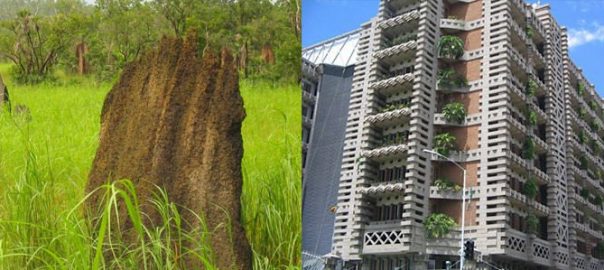
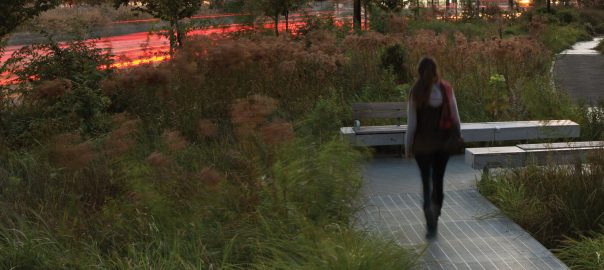

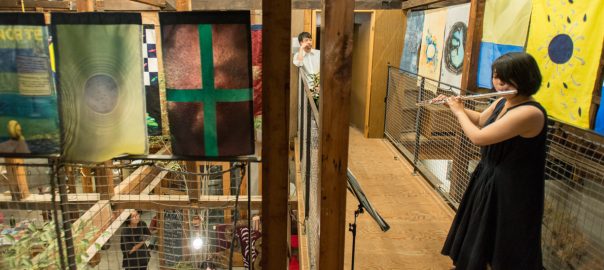
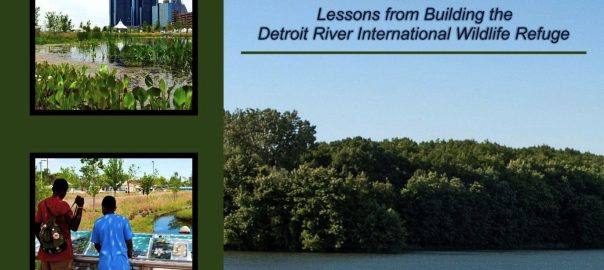
Leave a Reply